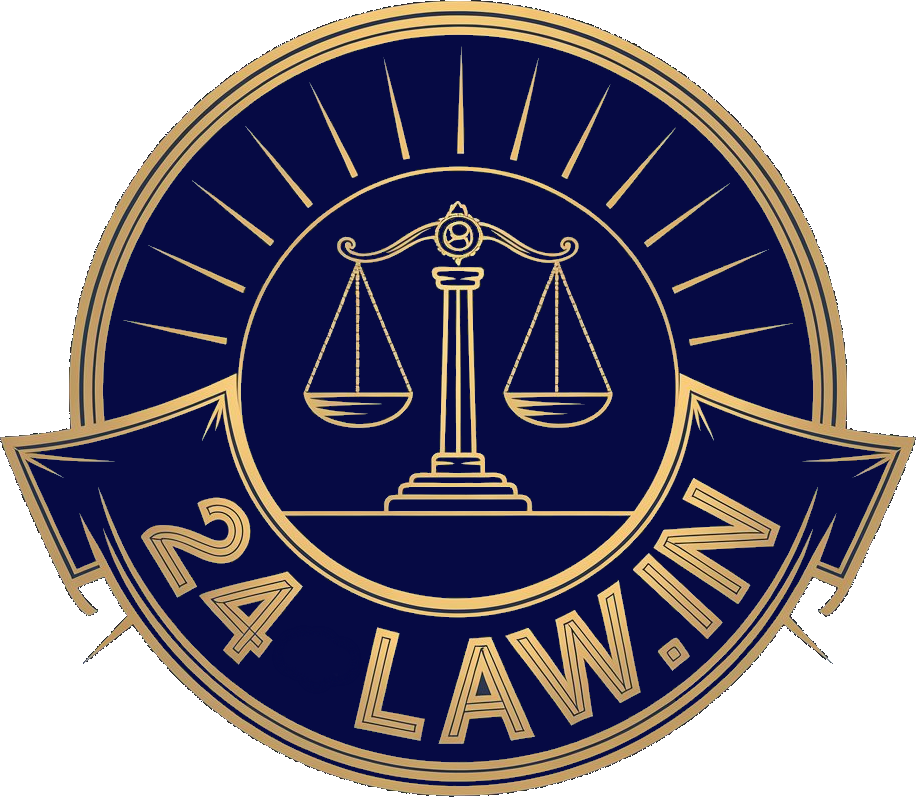Kerala High Court Allows Consolidated Application By Tenants Under SARFAESI Act | Says Procedural Law Should Aid Justice And Not Defeat Access To Remedies
- Post By 24law
- August 4, 2025

Isabella Mariam
The High Court of Kerala Single Bench of Justice Mohammed Nias C.P allowed a petition challenging the refusal of the Registrar of the Debts Recovery Tribunal-I, Ernakulam, to register a consolidated application filed under Section 17 of the SARFAESI Act by four tenants of a borrower. The Court quashed the impugned order and directed the Tribunal to register the application and consider it on merits. The Court further continued its interim relief for a period of six weeks to enable the petitioners to pursue appropriate relief before the Tribunal.
The petition was filed by four individuals—Moideen Koya, Mohammed T., Muhammed Sinan, and Dinoop D.D.—who claimed to be tenants occupying premises forming part of a secured asset against which recovery proceedings were initiated by the secured creditor, M/s. Pegasus Assets Reconstruction Company Pvt. Ltd. The secured creditor had initiated measures under Section 13(4) of the Securitisation and Reconstruction of Financial Assets and Enforcement of Security Interest Act, 2002 (SARFAESI Act).
The petitioners had received a notice of dispossession dated June 5, 2024, from the Advocate Commissioner. They subsequently filed a consolidated Securitisation Application before the Debts Recovery Tribunal-I, Ernakulam, challenging the enforcement measures.
However, the Tribunal Registrar declined to register the application by way of Ext. P8 order, objecting to the joint filing of the application on the grounds that multiple tenants could not file a consolidated Securitisation Application and that each tenant must file a separate application.
The petitioners challenged the Registrar's decision before the High Court, submitting that the cause of action arose from a common set of facts and that all petitioners were aggrieved by the same enforcement action. They argued that Section 17(1) of the SARFAESI Act allows "any person (including borrower)" aggrieved by such measures to approach the Tribunal, and that the expression "any person" must be interpreted in an inclusive and broad manner to cover joint applications.
Further, the petitioners relied on Rule 13A of the Security Interest (Enforcement) Rules, 2002 and Appendix X, which prescribes the procedural format for filing applications under Section 17 but does not expressly prohibit joint filings. The petitioners stated that no provision under the Act or Rules barred the filing of a consolidated application by multiple tenants.
They submitted various exhibits before the Court, including the dispossession notice (Exhibit P1), an interim order issued in a prior writ petition before the High Court (Exhibit P4), and the impugned order by the Registrar (Exhibit P8).
The respondents, represented by M/s. Pegasus Assets Reconstruction Co. Pvt. Ltd., maintained the position that individual applications were mandatory and that joint filings violated procedural norms.
The second respondent in the matter was the Registrar, Debts Recovery Tribunal-I, Ernakulam.
Justice Mohammed Nias C.P., in allowing the petition, made extensive observations on the legislative intent and procedural framework under the SARFAESI Act.
The Court first recorded that all four applicants were tenants of the borrower occupying the secured asset and that their application had been dismissed on the sole ground that it was consolidated. The Court observed that such a dismissal was legally unsustainable.
"The dismissal of a consolidated application filed by multiple tenants, regarding the same cause of action, challenging the enforcement measures of the secured creditor under Section 17 of the SARFAESI Act, on the sole ground that separate applications must be filed by each tenant, is legally unsustainable, for multiple reasons."
Referring to Section 17(1) of the SARFAESI Act, the Court noted: "The use of the term 'any person' is broad and inclusive, encompassing not just borrowers but also third parties like tenants whose possessory or leasehold rights are affected by the secured creditor's actions."
On procedural rules, the Court referred to Rule 13A and Appendix X of the Security Interest (Enforcement) Rules, 2002, stating: "Neither the Act nor the Rules contains any express prohibition against multiple aggrieved persons filing a single, consolidated application. The absence of such a prohibition suggests that the legislature did not intend to bar joint applications."
The Court held that procedural law must facilitate, not obstruct, access to justice: "This interpretation aligns with the general legal principle that procedural rules should facilitate, rather than obstruct, access to justice."
It further noted: "The DRT, as a specialised forum, is expected to exercise flexibility in procedural matters to ensure that legitimate grievances are heard on merits."
The Court added that the nature of the grievances shared a common cause of action: "When multiple tenants challenge the same secured creditor’s action, such as the taking of possession or auction of a property, their grievances arise from a common cause of action, even if their lease agreements differ."
It found the insistence on separate filings to be unjustified: "The insistence on separate filings is an overly rigid interpretation unsupported by the Act or Rules."
Quoting the Supreme Court's decision in Mardia Chemicals Ltd. v. Union of India [(2004) 4 SCC 311], the High Court reiterated the need to avoid hyper-technical objections: "Tribunals should avoid hyper-technical objections that obstruct substantive justice."
In that judgment, the Supreme Court had observed: "There is an inherent right in every person to bring a suit of civil nature and unless one's choice. It is no answer to a suit, howsoever frivolous to claim, that the law confers no such right to sue. A suit for its maintainability requires no authority of law and it is enough that no statute bars the suit."
The Court concluded that the rejection contradicted the legislative intent: "The DRT’s rejection of a consolidated application contradicts the legislative intent behind SARFAESI, which seeks expeditious resolution of disputes."
Finally, the Court stated: "Procedural law is not to be tyrant but a servant, not an obstruction but an aid to justice."
The Court quashed the impugned order and issued a clear directive: "Under such circumstances, Ext.P8 is set aside, and there will be a direction to the Registrar to number the application."
It further directed the Debts Recovery Tribunal to consider the petitioners' application on merits: "The Debts Recovery Tribunal shall consider the case of the petitioners on merits, and orders shall be passed in accordance with law."
To ensure that the petitioners are not prejudiced during the pendency of proceedings before the Tribunal, the High Court also ordered interim protection: "The interim passed by this Court will continue for six weeks to enable the petitioners to seek appropriate relief from the Tribunal concerned."
Advocates Representing the Parties:
For the Petitioners: Sri. O.D. Sivadas, Advocate
For the Respondents: Sri. Renjith R., Advocate
Case Title: Moideen Koya & Others v. Registrar, DRT-I & Another
Neutral Citation: 2025: KER:39233
Case Number: OP (DRT) No. 287 of 2024
Bench: Justice Mohammed Nias C.P.




